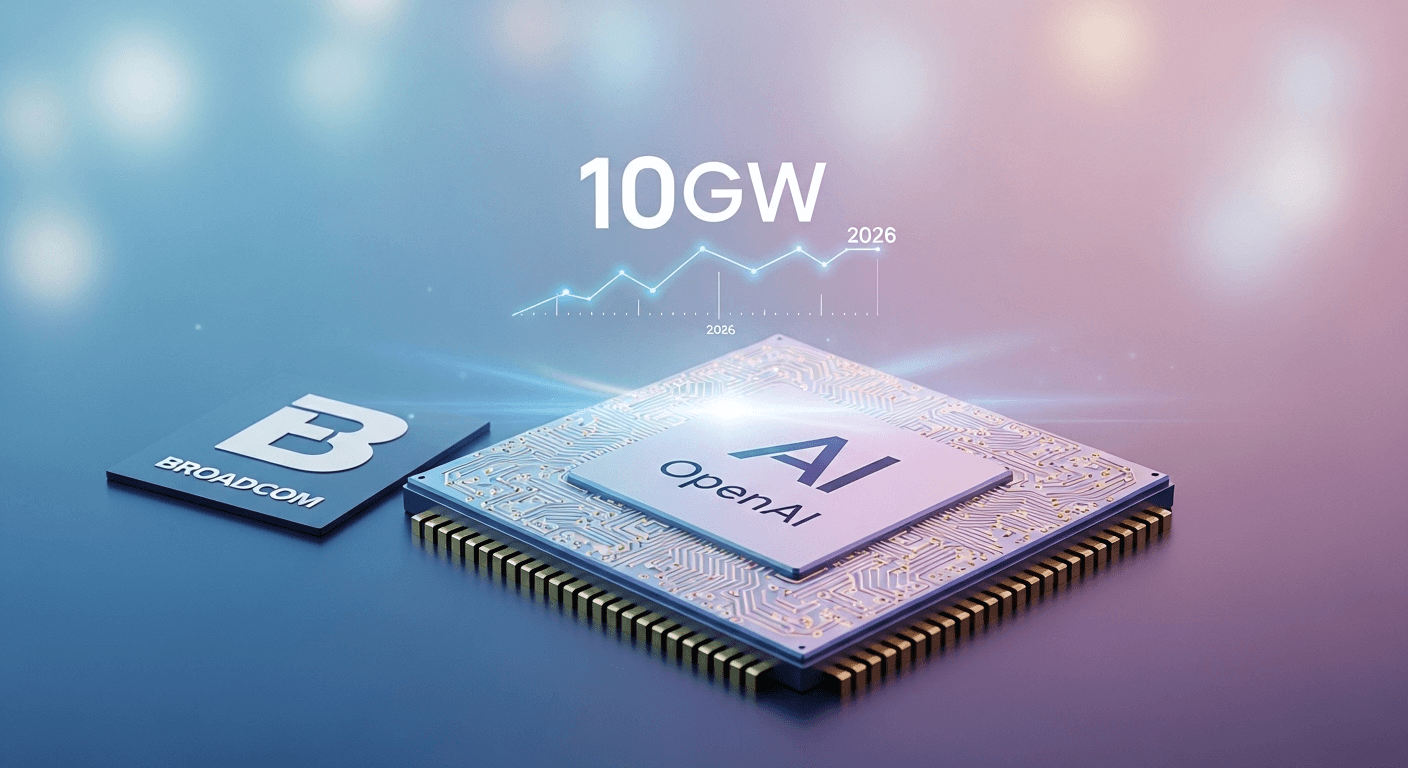Day 4: Understanding AI: Differentiating AI, Machine Learning, Deep Learning, Large Language Models, Generative AI, and NLP


Understanding the Differences: AI, Machine Learning, Deep Learning, Large Language Models, Generative AI, and NLP
In the rapidly evolving field of technology, terms like AI, Machine Learning, Deep Learning, Large Language Models, Generative AI, and NLP are often used interchangeably, but they represent distinct concepts. In this blog post, we’ll dive into what each of these terms means and how they differ from one another.
What is Artificial Intelligence (AI)?
Artificial Intelligence (AI) is the broadest concept in the realm of intelligent machines. AI refers to the simulation of human intelligence processes by machines, especially computer systems. These processes include learning (the acquisition of information and rules for using it), reasoning (using rules to reach approximate or definite conclusions), and self-correction.
AI encompasses a wide range of technologies and applications, from rule-based systems to advanced neural networks. It’s used in various fields such as robotics, computer vision, speech recognition, and game playing.
What is Machine Learning (ML)?
Machine Learning (ML) is a subset of AI that focuses on the development of algorithms and statistical models that enable computers to perform specific tasks without using explicit instructions. Instead, they rely on patterns and inference.
Machine learning algorithms build a mathematical model based on sample data, known as “training data,” to make predictions or decisions without being explicitly programmed to perform the task. Common applications include spam filtering, recommendation systems, and fraud detection.
What is Deep Learning (DL)?
Deep Learning (DL) is a subset of machine learning, characterized by neural networks with many layers (hence the term “deep”). These neural networks are designed to mimic the human brain’s neural networks, allowing machines to process data with a structure and complexity similar to how humans do.
Deep learning has revolutionized many fields, particularly in image and speech recognition, by enabling machines to automatically learn features from data. This has led to breakthroughs such as self-driving cars, advanced voice assistants, and more.
What are Large Language Models (LLMs)?
Large Language Models (LLMs) are a type of deep learning model that specifically focuses on understanding and generating human language. These models, such as OpenAI’s GPT-3 and GPT-4, are trained on vast amounts of text data and use transformer architectures to process and generate text.
LLMs have achieved remarkable results in a variety of tasks, including language translation, text summarization, and even creative writing. They are capable of understanding context, generating human-like text, and answering questions based on the information they’ve been trained on.
What is Generative AI?
Generative AI refers to algorithms that can generate new content, such as text, images, music, or even entire videos. These models learn the underlying patterns in the training data and use that knowledge to create new, original content.
Examples of generative AI include GANs (Generative Adversarial Networks) for image generation and transformer models like GPT-3 for text generation. Generative AI is being used in various creative fields, including art, music, and content creation.
What is Natural Language Processing (NLP)?
Natural Language Processing (NLP) is a field of AI focused on the interaction between computers and humans through natural language. The ultimate goal of NLP is to enable computers to understand, interpret, and generate human language in a way that is both meaningful and useful.
NLP encompasses a variety of tasks, including text analysis, translation, sentiment analysis, and speech recognition. Techniques in NLP often involve both machine learning and deep learning to process and analyze large amounts of natural language data.
Summary of Key Differences
- Artificial Intelligence (AI) is the overarching concept of creating intelligent machines.
- Machine Learning (ML) is a subset of AI that allows machines to learn from data.
- Deep Learning (DL) is a further subset of ML that uses neural networks with many layers.
- Large Language Models (LLMs) are deep learning models specialized in language tasks.
- Generative AI involves algorithms that create new content based on learned patterns.
- Natural Language Processing (NLP) focuses on the interaction between computers and human language.
Understanding these distinctions is crucial for anyone interested in the field of artificial intelligence and its applications. Each term represents a different layer of complexity and specialization, contributing to the advancements we see today in technology and AI-driven solutions.
Why Understanding These AI Concepts Matters
Understanding the differences between AI, ML, DL, LLMs, Generative AI, and NLP is essential for professionals, students, and enthusiasts in the field. These concepts form the backbone of modern technological advancements and are integral to the development of innovative solutions across industries.
By grasping these key concepts, you can better navigate the landscape of artificial intelligence, make informed decisions in your projects, and stay ahead in this fast-paced field. Whether you’re developing new applications, conducting research, or simply exploring the possibilities of AI, a clear understanding of these terms will enhance your knowledge and skills.
Thank You for Reading this Blog and See You Soon! 🙏 👋
Let's connect 🚀
Latest Blogs
Read My Latest Blogs about AI

Inside OpenAI’s Custom Chip Leap: The Broadcom Deal, 10GW of Compute, and Its Implications for AI
OpenAI and Broadcom announce a partnership to develop 10GW of custom AI chips starting in 2026. Discover how this reshapes costs, performance, and supply for AI infrastructure.
Read more


